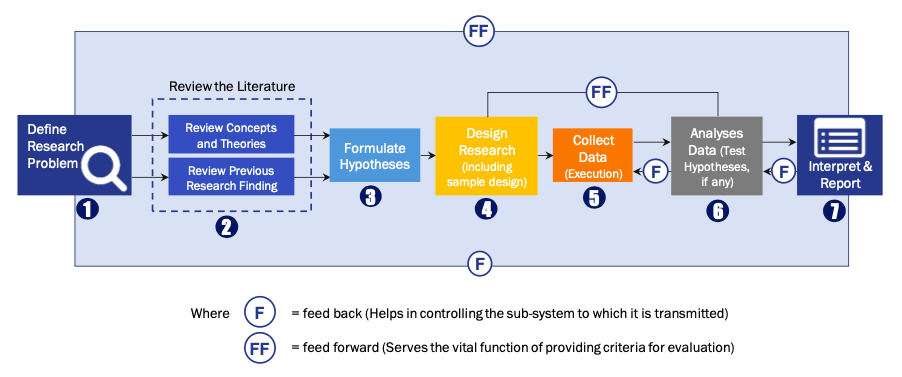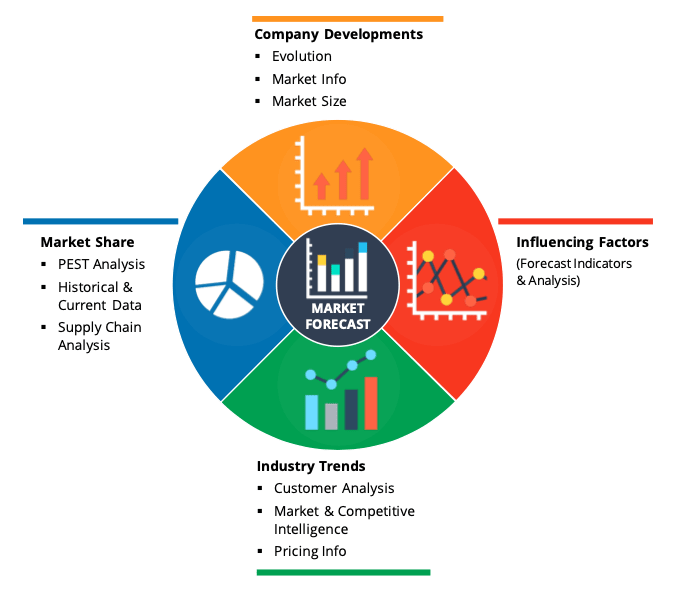The global web conferencing market is expected to grow from USD 3.47 billion in 2018 to USD 270.37 billion by 2026 at a CAGR of 17.43% during the forecast period from 2018-2026.
Global web conferencing market is expected to reach USD 270.37 billion by 2026, at a CAGR of 17.43% from 2018 to 2026. Web conferencing is an online service which is used for live meetings, conferencing, presentations and trainings via internet. It allows real time point-to-point communication as well as multi task communications from one sender to many receivers in separate locations. The growing need for the increasing pace of technology change, flexible work styles, and the ongoing workplace transformation are likely to supplement the growth of the market.
Market Overview: The availability of growing infrastructure, technological advancements, and rising demand for web conferencing across diverse industries are the major factors attributed to the growth of the web conferencing market. The use of web conferencing reduces geographic hurdles for business teams, who are working on specific business projects at remote locations. Additionally, web conferencing helps significantly in reducing expenses by cutting down on cost for diverse activities. These factors are anticipated to offer promising opportunities for market players and fuel the growth of the global market in the near future.
The major key Vendors profiled in the web conferencing market include Adobe Systems, Cisco Systems, Citrix Systems, IBM, Microsoft, Arkadin, AT & T Connect Support, Bridgit, ClickMeeting, Communique Conferencing, Digital Samba OnSync, Fuze, Glance Networks, Global Meet, Google Open Meetings
Report Description:
- The base year for the study has been considered 2018, historic year 2015, 2016, and 2017, the forecast period considered is from 2019 to 2026
- The study delivers a comprehensive analysis of global web conferencing market by deployment type, type, organisation size, end user, and region
- The report offers in-depth analysis of driving factors, opportunities, restraints, and challenges for gaining the key insight of the market. The report emphasizes on all the key trends that play a vital role in the enlargement of the market from 2019 to 2026
- Porter’s Five Forces model is used in order to recognize the competitive scenario in the global software as a service market. This report incorporates the industry analysis which is focused on providing an extensive view of the software as a service market
- The study also includes attractiveness analysis of sensor, component, solution, and application, and region which are benchmarked based on their market size, growth rate and attractiveness in terms of present and future opportunity for understanding the future growth of the market
- The report provides company profile of the key players operating in the software as a service market and a comparative analysis based on their business overviews, product offering, segment market share, regional presence, business strategies, innovations, mergers & acquisitions, recent developments, joint venture, collaborations, partnerships, SWOT analysis, and key financial information.
- The market estimates have been evaluated by considering the effect of different political, economic, social, technological and legal factors which are based on our extensive secondary research, primary research, and in-house databases.
Research Process
Data Library Research are conducted by industry experts who offer insight on
industry structure, market segmentations technology assessment and competitive landscape (CL), and penetration, as well as on emerging trends. Their analysis is based on primary interviews (~ 80%) and secondary research (~ 20%) as well as years of professional expertise in their respective industries. Adding to this, by analysing historical trends and current market positions, our analysts predict where the market will be headed for the next five years. Furthermore, the varying trends of segment & categories geographically presented are also studied and the estimated based on the primary & secondary research.
In this particular report from the supply side Data Library Research has conducted primary surveys (interviews) with the key level executives (VP, CEO’s, Marketing Director, Business Development Manager
and SOFT) of the companies that active & prominent as well as the midsized organization
FIGURE 1: DLR RESEARH PROCESS

Primary Research
Extensive primary research was conducted to gain a deeper insight of the market and industry performance. The analysis is based on both primary and secondary research as well as years of professional expertise in the respective industries.
In addition to analysing current and historical trends, our analysts predict where the market is headed over the next five years.
It varies by segment for these categories geographically presented in the list of market tables. Speaking about this particular report we have conducted primary surveys (interviews) with the key level executives (VP, CEO’s, Marketing Director, Business Development Manager and many more) of the major players active in the market.
Secondary Research
Secondary research was mainly used to collect and identify information useful for the extensive, technical, market-oriented, and Friend’s study of the Global Extra Neutral Alcohol. It was also used to obtain key information about major players, market classification and segmentation according to the industry trends, geographical markets, and developments related to the market and technology perspectives. For this study, analysts have gathered information from various credible sources, such as annual reports, sec filings, journals, white papers, SOFT presentations, and company web sites.
Market Size Estimation
Both, top-down and bottom-up approaches were used to estimate and validate the size of the Global market and to estimate the size of various other dependent submarkets in the overall Extra Neutral Alcohol. The key players in the market were identified through secondary research and their market contributions in the respective geographies were determined through primary and secondary research.
Forecast Model


